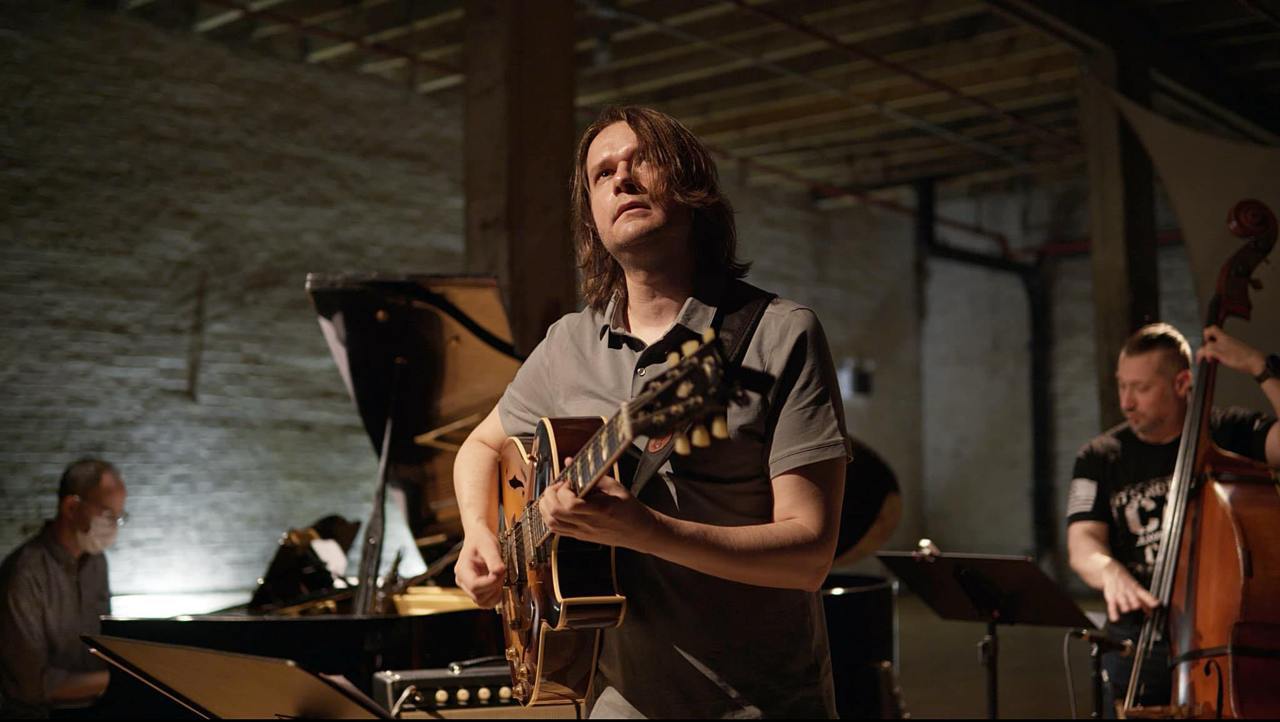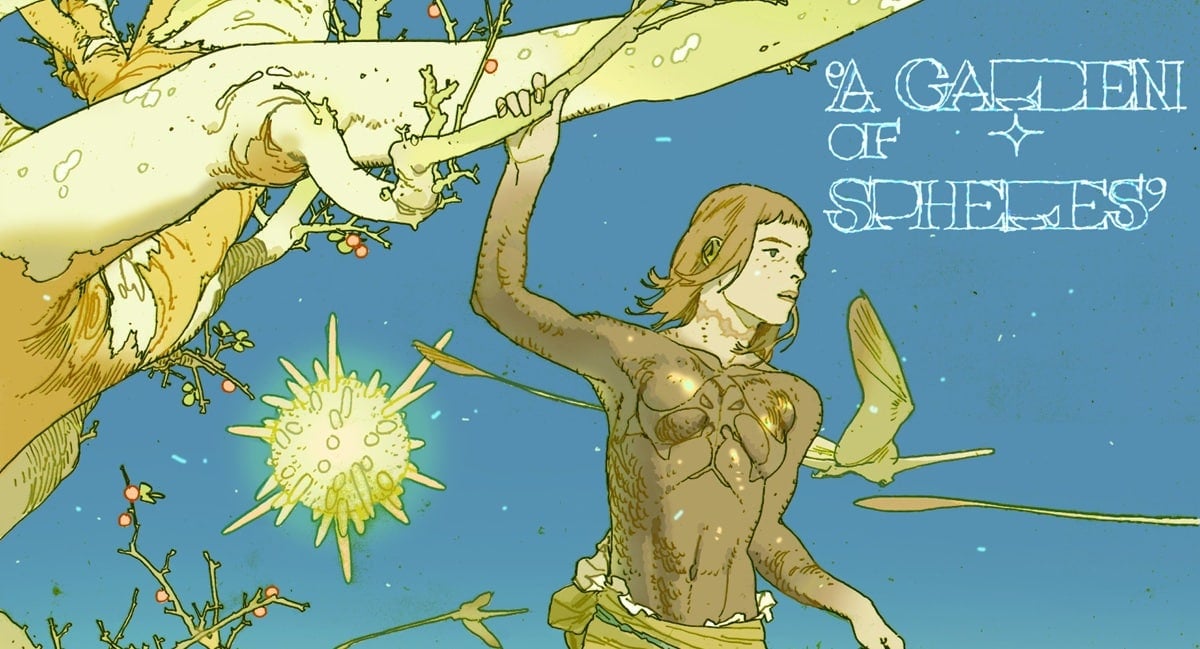
Jazz guitar has always been a dynamic art form, adapting to new styles while staying rooted in tradition. From the early swing and bebop pioneers to today’s fusion innovators, guitarists have expanded the instrument’s role with complex harmonies, unconventional rhythms, and modern technology. Today, jazz guitarists face the challenge of honoring tradition while embracing new creative possibilities.
This article will explore the delicate balance between tradition and innovation in jazz guitar. Drawing on the experience of Ievgen Pugachov, an acclaimed jazz guitarist, an Honored Artist of Ukraine, composer, and educator, you’ll gain first-hand insight into how a top musician can navigate this intersection of past and future.
More from Spin:
- Why Taylor Swift’s Kanye West Diss Is Going Viral 10 Years Later
- R.E.M. Revisit ‘Radio Free Europe’ For New Benefit EP
- Pet Symmetry Goes ‘Big’
The foundation of jazz guitar was shaped by pioneers like Django Reinhardt, Charlie Christian, and Wes Montgomery, whose innovations in soloing, phrasing, and harmonic development continue to influence musicians today.
Charlie Christian revolutionized jazz guitar by establishing it as a lead instrument, shifting it from a rhythm role to a melodic, improvisational voice. Wes Montgomery, known for his fluid phrasing and octave technique, brought depth and richness to jazz guitar. His thumb-picking style, though difficult to master, intrigued Ievgen Pugachov, who experimented with it and incorporated octave solos into his playing. As a tribute to Montgomery, Ievgen performed a full arrangement of “Yesterdays” at his conservatory entrance exam.
Key techniques that define jazz guitar include chord comping, which provides harmonic and rhythmic support with extended voicings, walking bass lines, which mimic bass patterns through stepwise motion and syncopation, and bebop phrasing, which uses chromaticism, arpeggios, and rapid passing tones for smooth, harmonically rich solos.
Ievgen emphasizes that mastering jazz standards is crucial for any guitarist, as they form a universal language for improvisation and collaboration, helping musicians refine their harmonic fluency, understanding of jazz forms, and ability to perform seamlessly with others.
Jazz guitar continues to evolve, blending fusion, modal jazz, and experimental techniques with traditional elements. Modern guitarists integrate effects, complex harmonies, and unconventional rhythms to craft unique sounds.
Pat Metheny was a key influence on the modern jazz sound and on Ievgen Pugachov personally, inspiring his early explorations of non-functional harmony and major chord combinations. Metheny’s blunt pick technique intrigued Ievgen, shaping his unique approach to tone.
Another important influence was Kurt Rosenwinkel, a pioneer of the atmospheric sound of modern jazz guitar. Rosenwinkel influenced him to adopt unusual and interesting improvisation techniques and discover new approaches to guitar sound.
Ievgen’s transition from traditional to contemporary jazz was driven by his years of international experience. The band fused free jazz and avant-garde elements with traditional structures. Leading Scandinavian drummer David Sundby significantly influenced Ievgen’s rhythmic and improvisational approach, reinforcing his appreciation for free jazz techniques.
In Berlin, Ievgen found a jazz scene prioritizing original compositions over jazz standards. However, after moving to New York, he discovered that American jazz musicians had a much deeper knowledge of tradition, studying recordings and solos in detail. To adapt, he immersed himself in jazz standards, expanding his already significant repertoire and strengthening his connection to the genre’s roots.
Ievgen’s journey – from traditional jazz to modern fusion – mirrors jazz guitar’s own evolution. His amazing performances across Poland, Germany, and the U.S. exposed him to diverse jazz styles, leading him to blend European avant-garde influences into his compositions.
Improvisation is at the core of jazz guitar, allowing musicians to develop their unique voices and expand musical boundaries. While jazz standards provide the foundation, true mastery emerges through improvisation – a dynamic conversation between musician, band, and audience.
Key improvisation techniques include motivic development, where a simple idea is developed over the course of a solo, and thematic variations, which change the rhythm, harmony, or articulation while maintaining a recognizable theme. Musicians experimented with unconventional scales and harmonic substitutions, including modal playing, chromatic passing tones, and extended harmonies to create complex, unpredictable solos. Articulation, dynamics, and phrasing further shape the emotional impact, making a solo fluid, aggressive, or introspective.
Ievgen Pugachov’s improvisational style is influenced by Grammy award-winning musicians such as John Beasley, Dan Pugach, Paul Francis, and Dave Smith, as well as his experiences in the U.S. and Europe. His ability to blend European avant-garde jazz with American jazz traditions gives his solos a unique balance between structure and spontaneity, and one that he can call his own.
A prime example of Ievgen’s influential approach is his YouTube project called Ievgen’s House Sessions, launched in 2021 during the pandemic. The project has evolved into a studio collaboration with original compositions. It is a creative space for musicians to learn, experiment, and push each other artistically.
Modern jazz guitarists increasingly incorporate elements from rock, funk, classical, and electronic music, pushing the boundaries of the genre. By blending these styles, they create fresh, dynamic sounds while maintaining jazz’s improvisational essence.
Artists like Bill Frisell and Pat Metheny have pioneered breaking genre limitations. Ievgen Pugachov, a devoted admirer of Frisell’s folk-jazz fusion, is particularly drawn to his unique sound and innovative approach. These artists helped Ievgen gain further insight into how genre crossover can expand jazz’s expressive possibilities and took it to the next level.
Electronic effects and looping have also played a significant role in modern jazz performances, allowing guitarists to create layered textures and atmospheric soundscapes. Reverb, delay, and distortion are no longer just embellishments but essential components of the modern jazz guitar sound.
Cross-genre collaborations continue to shape jazz’s evolution, bringing fresh influences into traditional frameworks. Ievgen’s work spans multiple genres, skillfully integrating contemporary elements into jazz while preserving its core identity. His compositions reflect this fusion, featuring unconventional harmonic progressions and rhythmic structures that bridge jazz’s rich history with modern musical trends.
Jazz guitar continues to evolve under the influence of technology, education, and new generations of musicians. While Ievgen Pugachov acknowledges the benefits of digital recording and transcription tools, he believes that true learning must be rooted in traditional jazz knowledge and hands-on practice. He warns that trendy, fast-paced content on social media platforms can distract young musicians from mastering the fundamentals. He is a musician all about teaching the younger generation and giving back using his music.
Contemporary guitarists are mixing traditional jazz with futuristic elements, but maintaining the depth of jazz remains important. Ievgen encourages students to first build a solid foundation before experimenting with modern influences.
As an innovative educator, he integrates modern teaching methods, emphasizing improvisation as a tool for self-expression and cognitive development, especially in his groundbreaking work with students, including those with autism.
Jazz guitar evolves by balancing tradition and innovation, yet Ievgen Pugachov keenly observes its declining mainstream appeal, similar to classical music. As jazz grows more complex, it becomes less accessible to the masses and more appealing to connoisseurs due to its intricate harmonies and structures.
For modern guitarists, the challenge is to master tradition while innovating. Improvisation is a personal language, shaped by deep study and experience. It thrives on spontaneity but relies on a strong foundation, where even unconventional notes sound intentional with confident phrasing.
SPIN Magazine newsroom and editorial staff were not involved in the creation of this content.
To see our running list of the top 100 greatest rock stars of all time, click here.
















